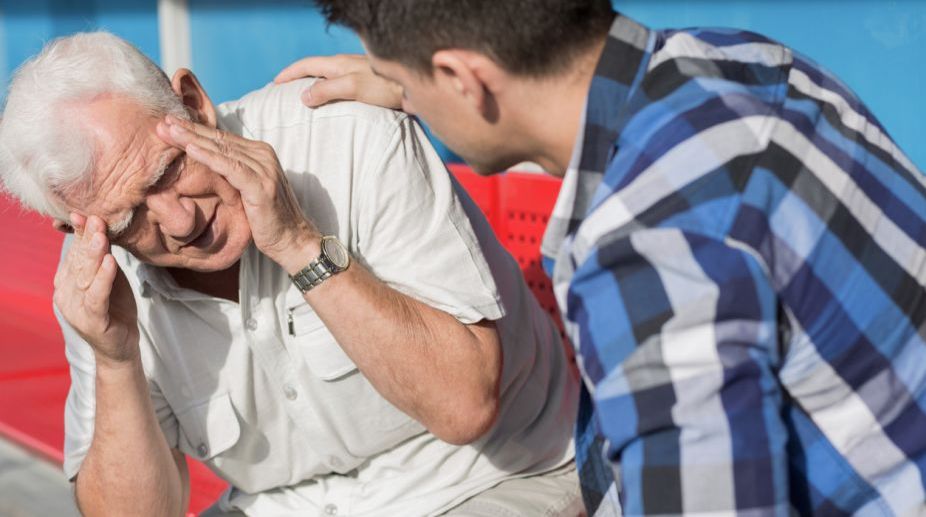Although participating in recreational activities such as aerobics and muscle-strengthening activities could make older adults active, they may adversely increase the risk of facial fractures and other injuries, a study has warned.
The study showed that bicycling was the most common source of injury and was responsible for 26.6 per cent of the injuries.
Playing a team sport, such as softball or baseball, was the second most common source of injury and accounted for 15.4 per cent of all facial fractures, while outdoor activities such as hiking or camping accounted for 10 per cent of the injuries.
Advertisement
Interestingly, gardening was responsible for 9.5 per cent of injuries, and walking and jogging accounted for 5.5 per cent.
"Although injuries associated with more energetic and vigorous activities were more common overall, physicians should be aware that even activities characterised as having low risk such as gardening and walking still carry potential for trauma and facial fractures in this older patient population," said Peter F. Svider from the Wayne State University in Detroit, US.
In more than 65 per cent cases, nose was the most common location for facial injuries.
While bones around the eye accounted for over 14 per cent of the fractures, other facial fractures, including jaw or cheek, were less common, and each accounted for less than 10 per cent of the injuries.
For the study, published in the journal JAMA Facial Plastic Surgery, the team collected data on emergency department visits from January 1, 2011, to December 31, 2015, for individuals 55 years of age or older who sustained facial fractures from recreational activities.
The annual incidences of facial fractures from recreational activities increased by 45.3 per cent from 2011 to 2015.
As the population ages, public health agencies have encouraged aerobic activity and muscle-strengthening exercises among older individuals. However, there are no guidelines aimed at helping them avoid getting hurt, the researchers said.
Advertisement











